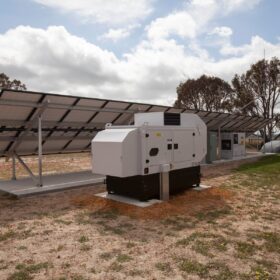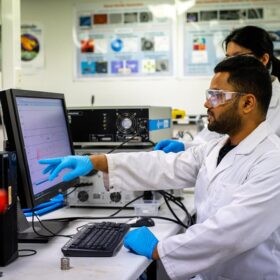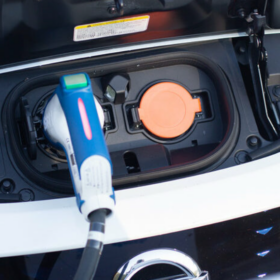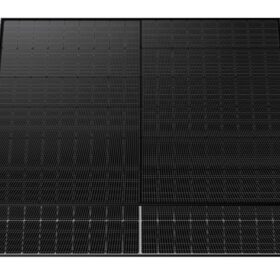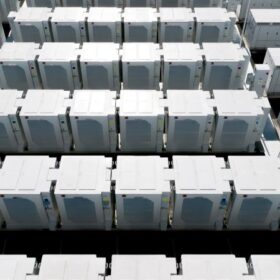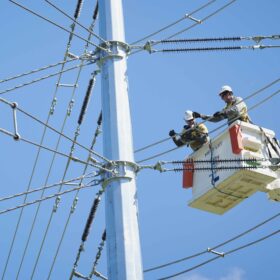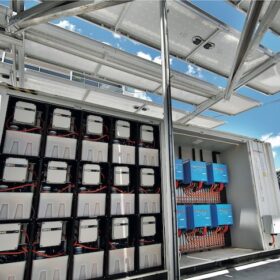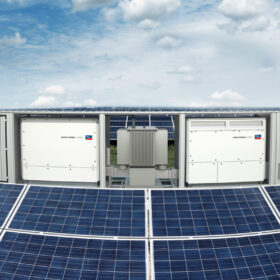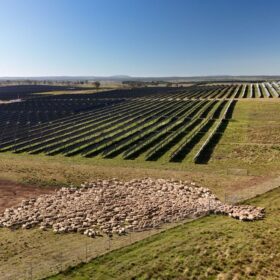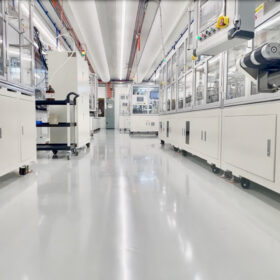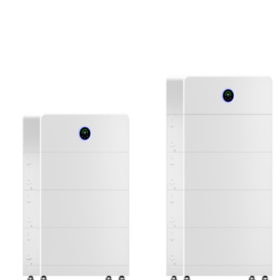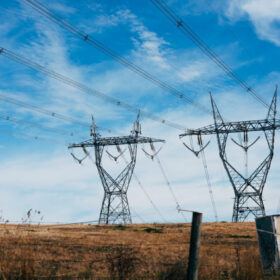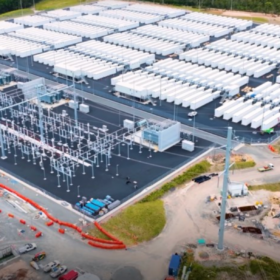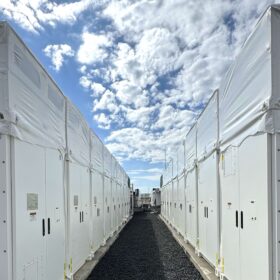Silicone composite coating promises to douse pole-top fire risk
A group of Australian engineers claim to have discovered a new material to make power-pole insulators resistant to electrical sparking and fire, promising to prevent dangerous pole-top fires, reduce blackouts and lower maintenance costs.
WA pumps $26.4 million into clean energy manufacturing sector
Western Australia’s rollout of solar-based standalone power systems is set to continue with the state government announcing a $26.4 million funding package to drive local manufacturing of components needed for clean energy projects.
Lithium-sulphur battery player claims to have nailed safety standards
Queensland battery tech company Li-S Energy claims to have taken a significant step towards proving the safety of its semi-solid-state lithium sulfur batteries with the third-generation technology successfully passing a series of nail penetration tests.
Horizon puts V2G technology to test in state first
West Australian regional energy provider Horizon Power has plugged in a vehicle-to-grid technology test in the northern resort town of Exmouth to trial the potential of bidirectional electric vehicle charging to optimise the use of renewable energy while maintaining network reliability.
Winaico launches new series of n-type TOPCon solar modules
Taiwanese manufacturer Winaico says its new 430 W glass-glass tunnel oxide passivated contact (TOPCon) modules have a power conversion efficiency of 22.02%.
Victoria and SA energy storage tender attracts 19 GW of proposals
The federal government’s 32 GW Capacity Investment Scheme is already bearing fruit with a competitive tender seeking 600 MW of energy storage capacity in Victoria and South Australia attracting 19,000 MW of project proposals.
Powercor targets transmission licence to bring more renewables online
Victorian electricity distributor Powercor is seeking a licence to build new transmission infrastructure in a move it claims will provide faster grid connections for major projects such as solar and wind farms within its current distribution network area.
Redflow lands second US defence battery contract
Queensland flow battery company Redflow has won a second deal with the United States Department of Defence to supply a non-lithium energy storage solution that will be deployed to improve energy security at a major naval base in Italy.
Australian researchers reveal new quality monitoring method for rooftop and large-scale PV
An Australian research group has used an SMA inverter to switch the operating point of a PV array and has demonstrated its ability to create photoluminescence images for both rooftop and large-scale solar installations.
No threat to farm land: just 1,200 square kilometres can fulfil Australia’s solar and wind energy needs
As Australia’s rapid renewable energy rollout continues, so too does debate over land use. Nationals Leader David Littleproud, for example, claimed regional areas had reached “saturation point” and cannot cope with more wind and solar farms and transmission lines.

